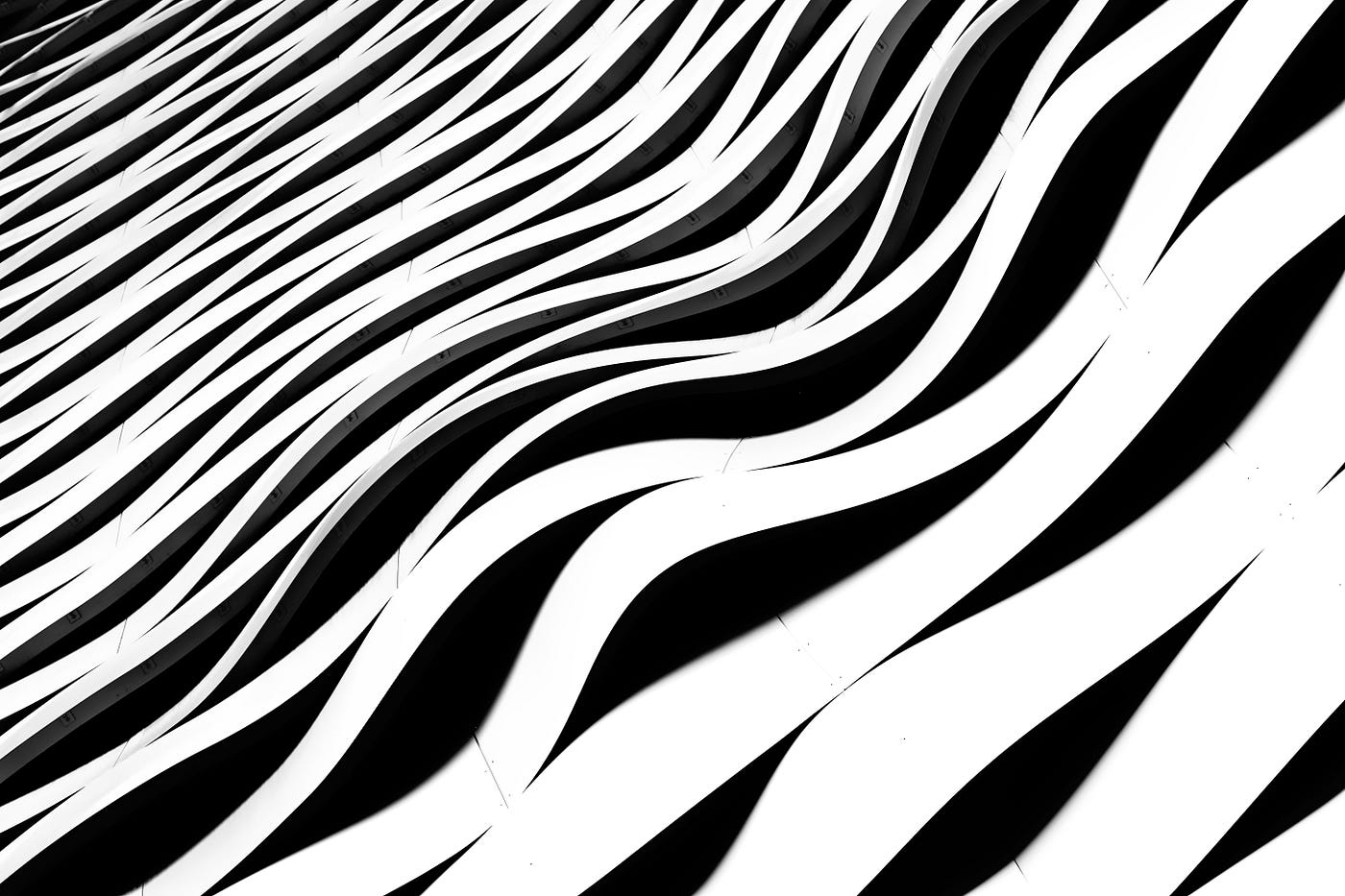
In the world of design, sometimes less truly is more. Negative space—often called white space—is the unsung hero of visual composition. It’s the empty area around and between design elements, and when used intentionally, it can transform a good design into a great one. Let’s explore how negative space can elevate visual appeal by creating designs that breathe, engage, and captivate.
Content Table
| S.no. | Content |
| 1 | What is Negative Space? |
| 2 | Why Negative Space Matters |
| 3 | Creative Ways to Use Negative Space |
| 4 | Tips for Mastering Negative Space |
| 5 | The Power of Less: Final Thoughts |
What is Negative Space?
Negative space isn’t just the background. It’s a powerful design element that helps define boundaries, improve readability, and create balance. Think of the iconic FedEx logo with its hidden arrow or Apple’s minimalist product displays. These examples show how strategic emptiness can speak louder than cluttered visuals.
Why Negative Space Matters
- Enhances Focus
Negative space draws the eye to what truly matters. By minimizing distractions, it guides viewers to key messages or focal points with ease. - Improves Readability and Clarity
In graphic and web design, clutter kills clarity. Adequate spacing between lines, paragraphs, and images makes content more digestible and engaging. - Creates Sophistication and Elegance
Luxury brands often leverage negative space to evoke a sense of exclusivity and elegance. The clean, minimal approach gives a premium feel. - Strengthens Visual Hierarchy
Space helps in organizing elements based on importance. It ensures the viewer’s journey through the design is seamless and intuitive.
Creative Ways to Use Negative Space
- Clever Logos: Use negative space to reveal hidden meanings or symbols. It adds an element of discovery that delights the audience.
- Minimalist Web Design: Clean layouts with ample breathing room keep users engaged without overwhelming them.
- Photography & Art: Negative space around a subject can evoke emotions, emphasize isolation, or highlight beauty in simplicity.
- Typography: Play with letter spacing and margins to make text stand out while maintaining readability.
Tips for Mastering Negative Space
- Start with Simplicity: Strip away unnecessary elements. Ask: Does this contribute to the message? If not, let it go.
- Balance is Key: Negative space shouldn’t feel accidental. Distribute it intentionally to create harmony.
- Use Contrast Smartly: Bold elements against clean backgrounds stand out, making messages clearer.
- Let it Breathe: Don’t cram content. Give each element room to shine.
The Power of Less: Final Thoughts
Negative space is more than empty areas—it’s an active, intentional part of design that elevates aesthetics and functionality. By embracing negative space, you allow your designs to communicate with clarity, sophistication, and impact.
In a world overflowing with noise, sometimes silence speaks loudest. The art of using less can be the most powerful tool in a designer’s arsenal. So next time you design, remember: It’s not just about what you add, but what you leave out.
Ready to create designs that captivate with simplicity? Let negative space do the talking.

